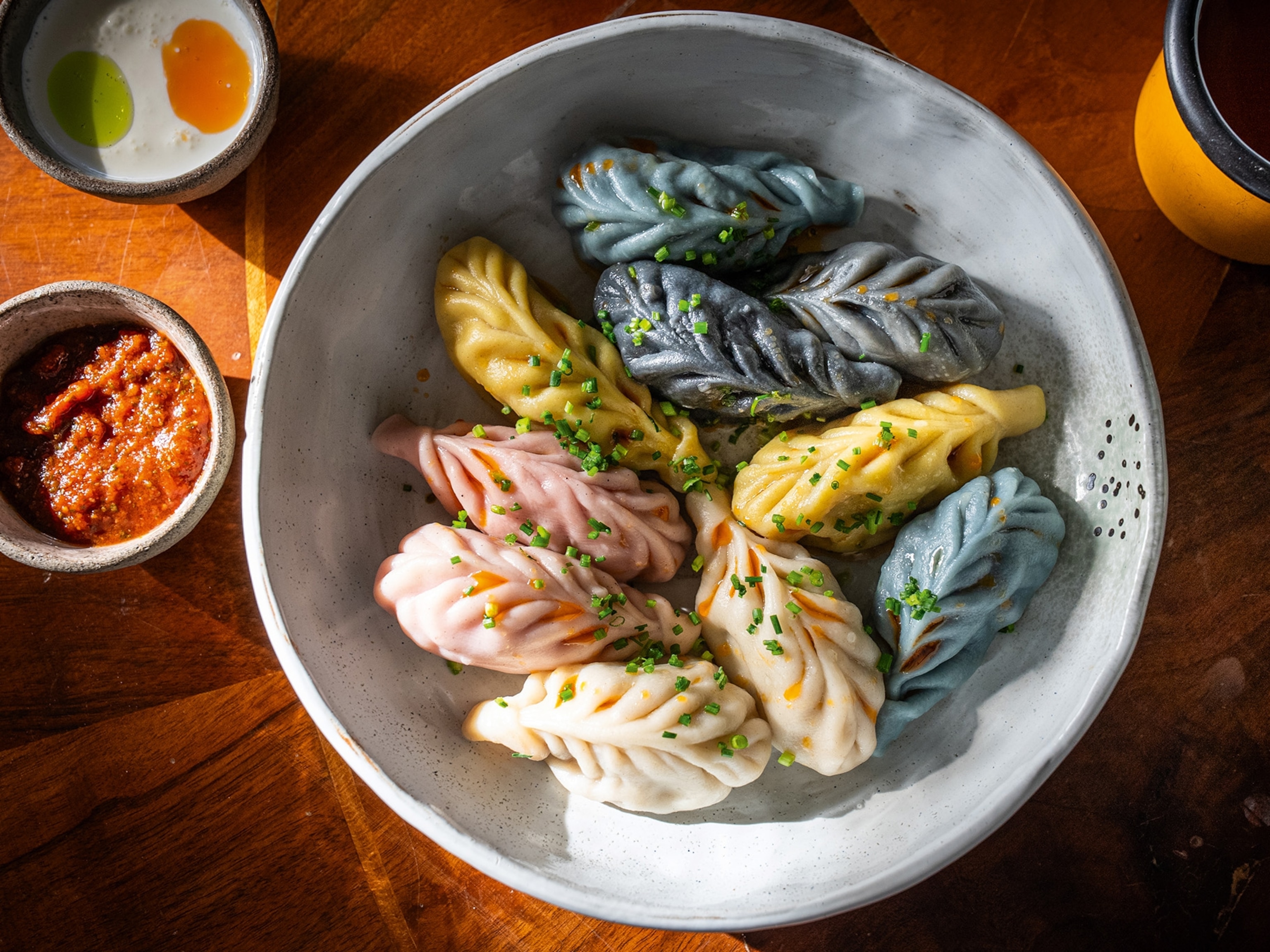
Five ways with quince, according to chef Paul Ainsworth
A tough-skinned fruit with a heavenly aroma when cooked, quince is well worth seeking out.
Quince might not be the easiest thing to get your hands on as part of the weekly shop, but this oddly shaped, golden-yellow fruit is an absolute corker of an ingredient and one I love to use, both in our Cornish restaurants and at home.
Originating from Turkey and surrounding regions in western Asia, quince has long been used in cooking — it was popular with the Romans and the Ancient Greeks (who associated it with fertility). And although the fruit needs plenty of sunlight to flourish, it’s perfectly possible to grow it in the UK as quince trees love moist ground.
Admittedly, it’s not the most inviting fruit on first impressions: it has tough skin and its sour flesh is inedible when raw. But peel the skin (a regular vegetable peeler will work fine), cut into wedges and simmer in a pan of boiling water with a touch of sugar and the first thing you’ll notice is its perfumed aroma. It’s a smell to get excited about.
Once cooked, quince is delicious and versatile. It’s packed full of goodness, too, with a high concentration of vitamin C, along with calcium, potassium and iron. And, to me, there are few things more comforting than eating just-cooked chunks straight from the pan. That intense sweetness takes me right back to my childhood, making jams and preserves with my parents for the B&B they ran. Paul Ainsworth is chef patron at Paul Ainsworth at No6 in Padstow, Cornwall, one of a number of restaurants he operates in the area.
1. Membrillo
This sweet paste goes well with cheese. And while many think of it as a Spanish snack, I love mine with a Cornish gouda and an ice-cold Cornish Offshore Pilsner.
2. Tagine
Simply drop a few wedges of raw quince into your tagine. As it slowly steams and cooks in the pot, your kitchen will smell amazing — and the final dish will taste great, too.
3. Crumble
I love a classic British pudding and you can’t get better than a crumble. Substitute apple for quince for an even bigger sweet hit. Just make sure you have plenty of custard.
4. Jam
As quince is high in pectin — the fibre found in fruits that’s used as a thickener in cooking and baking — it’s the perfect base for a delicious, sweet, sticky jam.
5. Quince sour
Mix some of your homemade quince jam with vodka, egg white and lemon juice (your classic sour ingredients), give it a good shake with some ice and pour into a glass.
Paul Ainsworth is chef patron at Paul Ainsworth at No6 in Padstow, Cornwall, one of a number of restaurants he operates in the area.
Published in Issue 14 (winter 2021) of National Geographic Traveller Food (UK)
Follow us on social media
Twitter | Facebook | Instagram





